




Quick Links:
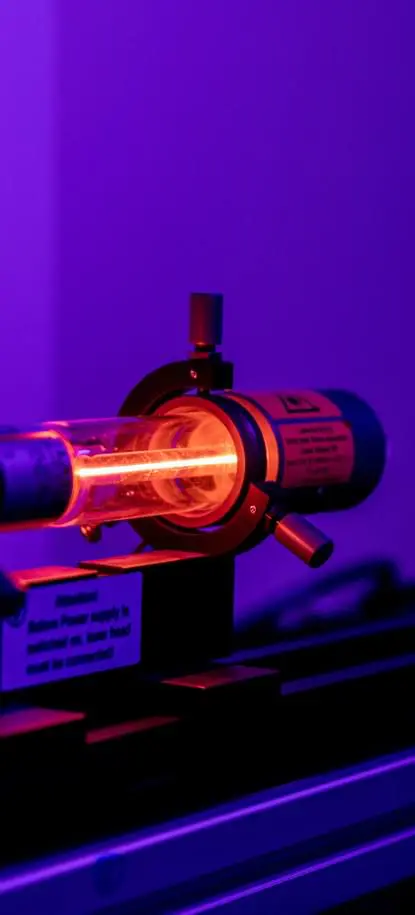

This program provides the basis for a uniform approach to laser safety throughout the University laboratories, for ensuring the safe use of laser systems, and for ensuring also that no exposure to the human eye or skin in excess of the Maximum Permissible Exposure (MPE) limits.
TThe Laser Safety Program has been established to facilitate and ensure the safe and knowledgeable use of lasers in laboratories, classrooms and the environment.
The Laser Safety Program is managed by the Research Safety Team under Health and Safety (HSE), to ensure the safe use of lasers and compliance with the requirements of the American National Standards Institute (ANSI) Z136.1-2022 Safe Use of Lasers, and other relevant regulations and standards. The program applies to all personnel owning, supervising, operating and working with or in the proximity of Class 3B or Class 4 lasers as well as equipment containing embedded Class 3B/4 laser systems.
Note that it is the responsibility of the PI to inform/notify HSE and LEM, before purchasing, modifying or using new, transferring, or disposing of, any type of laser, for fulfilling the safety requirement and for ensuring that all safety controls are in place.
| Class 1 | Incapable of causing injury during normal operation |
|---|---|
| Class 1M | In capable of injury, unless collecting optics are used |
| Class 2 | For visible lasers (400-700 nm), and in capable of causing injury in 0.25 s |
| Class 2M | For visible lasers, and in capable of causing injury in 0.25 s unless collecting optics are used |
| Class 3R | Marginally, unsafe for intra-beam viewing, up to 5 times class 2 Accessible Emission Limit (AEL) for visible lasers, or 5 times the class 1 AEL for invisible lasers (below 400nm, and more than 700 nm) |
| Class 3B | Eye hazard for intra-beam viewing |
| Class 4 | Eye and skin hazard for both direct and scattered exposure |
| Purchasing/Modifying /Disposing/Transferring |
Notify/Inform | Requirements | ||
|---|---|---|---|---|
| HSE and LEM | Approvals | Safety Controls | Registration | |
| Required | Not required | Basic | Not required | |
| Class 1M | Required | Conditional | Basic | Not required |
| Class 2 | Required | Not required | Basic | Not required |
| Class 2M | Required | Conditional | Basic | Not required |
| Class 3R | Required | Conditional | Basic + LHE | Depends on LHE |
| Class 3B | Required | Required | All | Required |
| Class 1M | Required | Required | All | Required |
| Basic: | Administrative + PPE | All: | Engineering + Administrative + PPE |
|---|---|---|---|
| Example: | Warning signs + safety awareness training + SOPs + Eyewear | Example: | Warning signs + specific safety and technical training + Eyewear + Engineering controls, LCA, LEH, SOPs |
| SOP | LHE | LCA |
| Standard Operation Procedure | Laser Hazard Evaluation | Laser Controlled Area |
Moustafa El-Soubki
Ralph Timmermeester
This is a one slide infographic representation of the laser safety program in KAUST. It covers all the steps required, starting from the moment that a user (PI) needs to use a Laser systems, and going through the process flow chart, that shows the required documents and important links, and ending with the requirements for the proper Laser disposal or transfer procedures.
This is a one of the most important and valuable document, that is available and accessible by all KAUST users. The Laser safety manual is comprehensive document that covers, in details, all the definitions, standards, Laser classifications, safety controls required, and all the requirements for establishing laser safety program, and for using Laser systems safely in KAUST laboratories. The manual also is subjected to frequent development and updates to last and the most recent standards and practice codes (i.e. ANSI Z136.1-2022 Safe Use of Lasers).
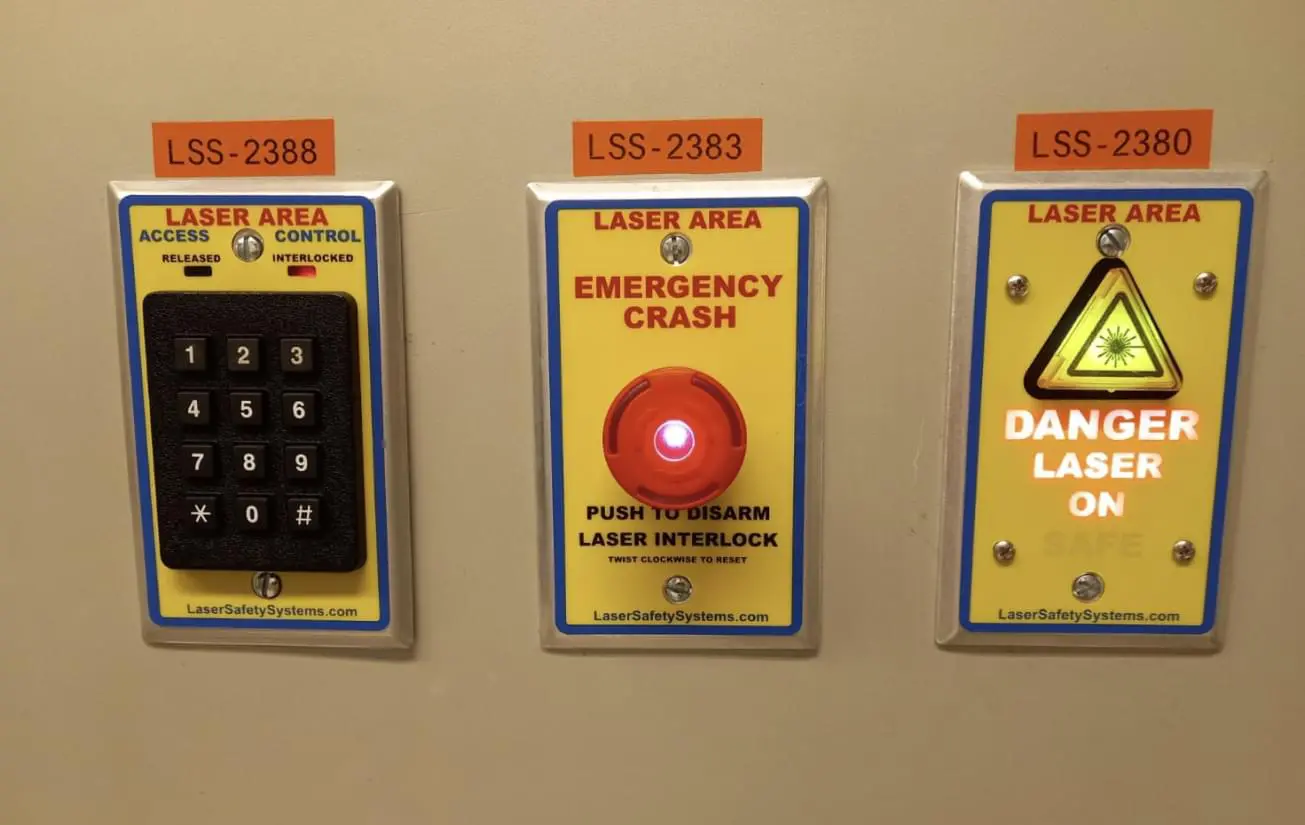
The use of lasers in laboratories is associated with various type of hazards and these are described in the Laser Hazards document.The document General Laser Safety Precautions by Class provides a useful guide to identify the required control measures by laser class to ensure hazards are controlled.
The Laser Safety Specialist must be notified by email of the purchase of all Class 3B or Class 4 lasers as well as equipment containing embedded Class 3B or Class 4 laser systems. This is to ensure that the laser is registered and the laser hazard evaluation is carried out.
Equipment purchase on campus will require prior approval from Academic Space and Equipment Planning Committee (ASEPC)if the equipment cost qualifies it for the “Capital” classification (review theKAUST Capital Research Program Guide Linesfor more information), the Laser Safety Specialist will be notified via the ASEPC submission platform. If the total equipment cost is below the value that qualifies it for capital classification, the purchase can be done via the online Procurement System. In this case, it is the responsibility of the Principal Investigator (PI) or Center Director to inform the Laser Safety Specialist when new Class 3B or Class 4 lasers (including equipment containing embedded Class 3B or Class 4 laser system) are procured. More information can be found in the Laser Purchase Procedure.
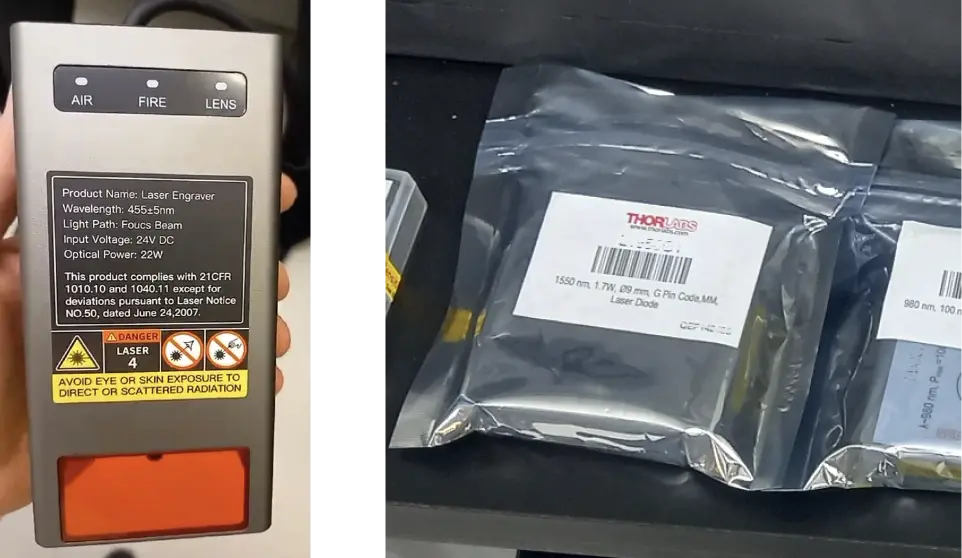
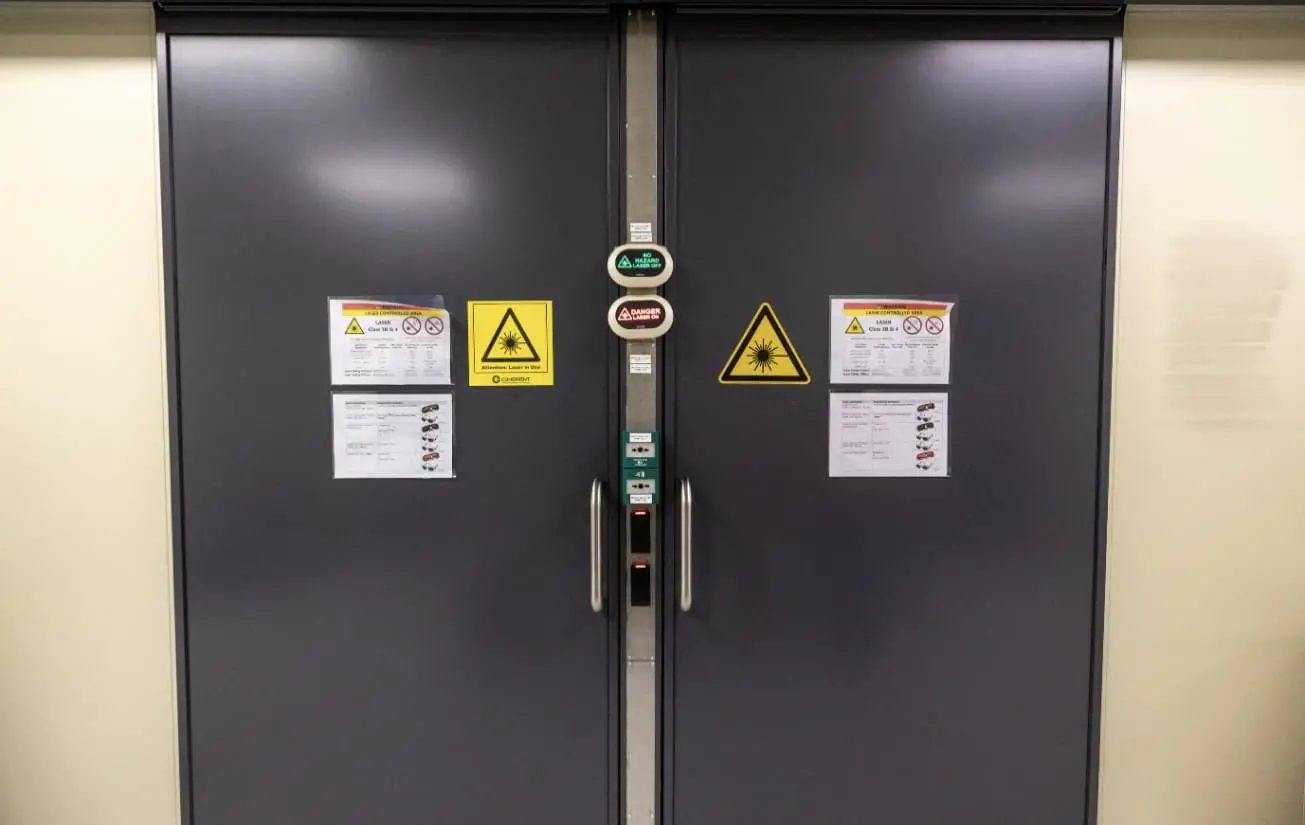
For all new laboratories, or laboratories under renovation, please consult the Laser Lab Design Guidelines and contact the Laser Safety Specialist via email. Please also refer to the Laser Safety Manual to read about the recommended control measures for laser laboratories.

All Class 3B and Class 4 laser systems must be registered with the Research Safety Team (RST). This includes:
Class 3B lasers are medium power lasers that have an output power between 5mW and 500mW. They may be hazardous under direct and specular reflection viewing conditions; however, they normally do not present a fire hazard, diffuse reflection hazard, nor a laser generated air contaminant (LGAC) production hazard.
Class 4 lasers have an output power exceeding 500mW. They are a hazard to the eyes and skin from the direct beam. They may also pose a fire hazard or diffuse reflection hazard, and may also produce LGAC and hazardous plasma radiation.
Click onLaser Registration to register lasers.
All Class 3B and Class 4 lasers must be inspected and a laser hazard evaluation carried out by the Laser Safety Specialist before beginning work. It is recommended to complete the registration form as soon as possible so that the Laser Safety Specialist can perform the laser hazard evaluation which may require actions on the lab design.
The following documents and information must be completed and provided to the Laser Safety Specialist before issuing the registration letter:
If you are unsure of your registration status, please contact the Laser Safety Specialist (contact details above) or hse@kaust.edu.sa.
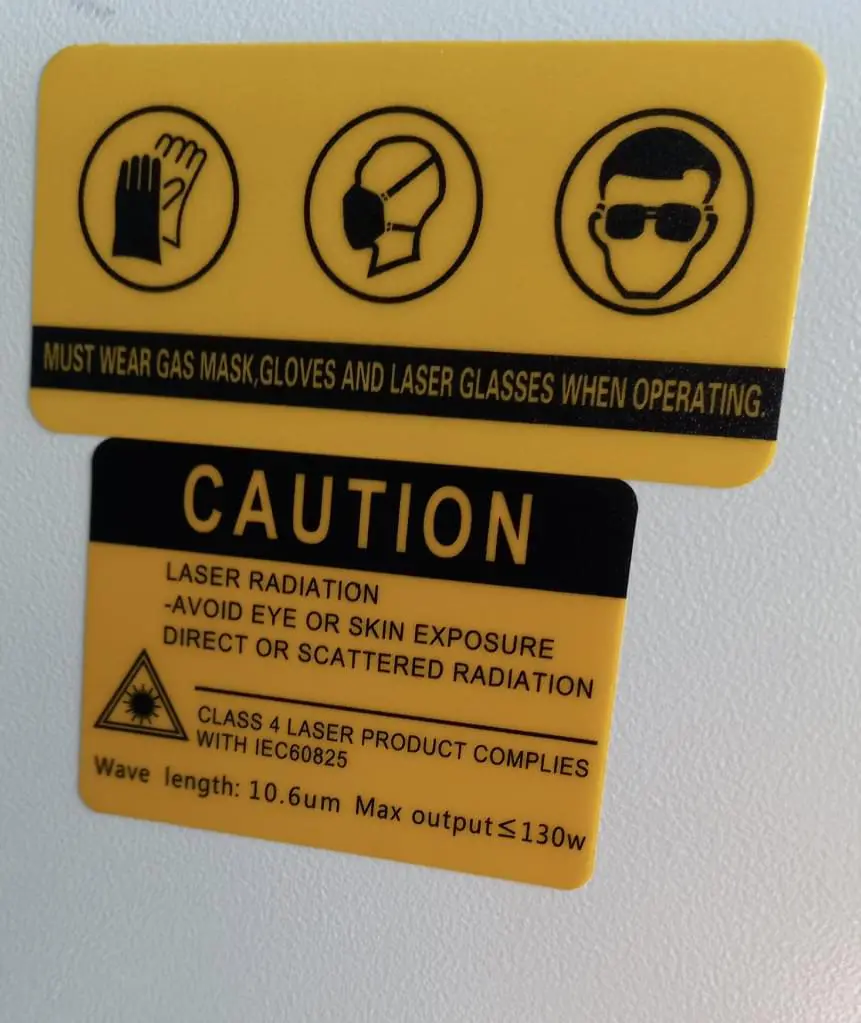
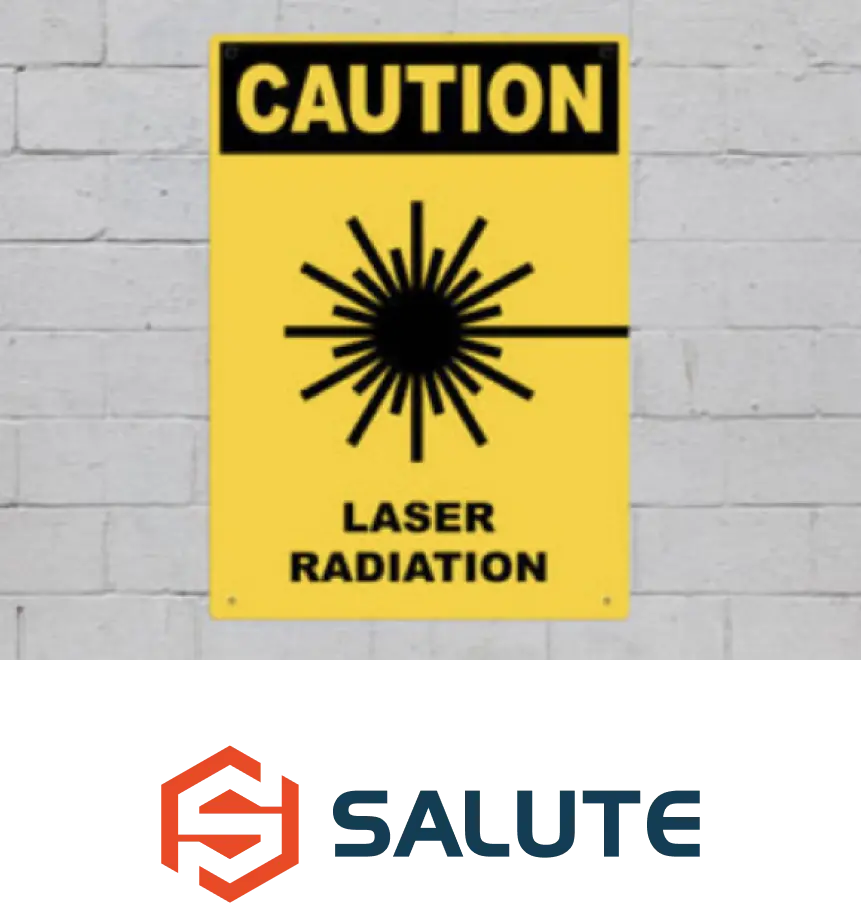
The Principal Investigator (PI) or Center Director must ensure that the personnel , or authorized users, are adequately trained before allowing/authorizing them to operate, maintain, service or work in the vicinity or with lasers. The required training for any person working with/servicing Class 3B or Class 4 lasers and servicing equipment containing embedded Class 3B or Class 4 laser systems include:
The Principal Investigator (PI) or Center Director must ensure also that all authorized users read and understood the SOPs for each laser used in the laboratory, and an up-to-date list of authorized users is signed and kept up-to-date.
All personnel who work with lasers must be made familiar with the Laser Safety Procedures (also called Standard Operating Procedures) developed under the supervision of the Principal Investigator/Center Director or Laser Safety Contact (LSC).
Standard Operating Procedures template is available online, and must be filled, completed and submitted to the Laser Safety Specialist in order to proceed with the registration process and issuing the registration letter. Also the user is responsible for updating and modifying the SOP, and informing the Laser safety specialist, before any changes to the laser, experimental set-up, or laboratory design, etc.
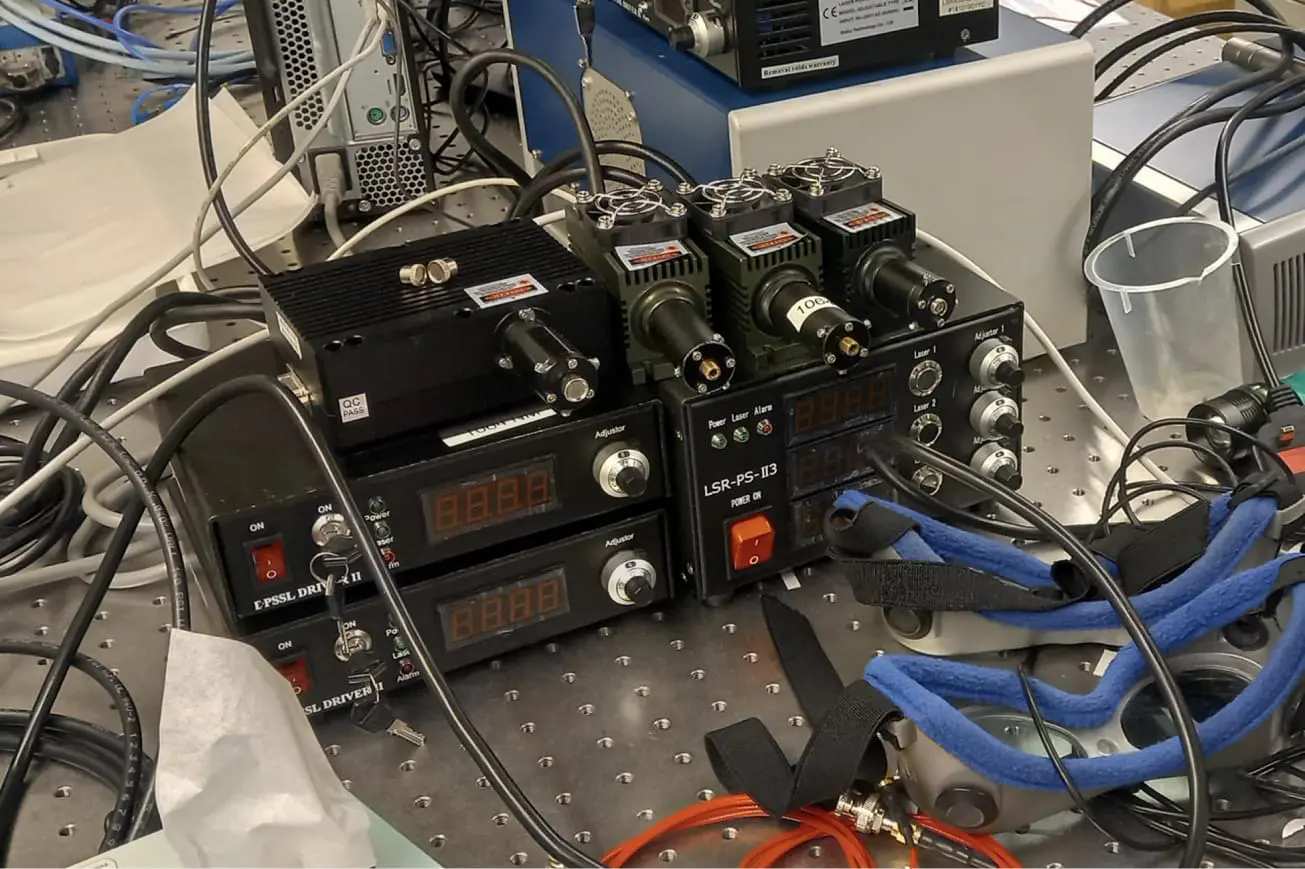
The Principal Investigator/Center Director or Laser Safety Contact must notify the Laser Safety Specialist , by email ,of the transfer or disposal of all Class 3B or Class 4 laser(s) as well as equipment containing embedded Class 3B or Class 4 laser system(s). This is to ensure that the laser system transferred or disposed has been cleaned and decontaminated before it is removed from the laboratory. For more information please refer to the Laser Transfer/Donation or Disposal Procedure.
Note: If a laser remains under the possession of the same Principal Investigator Group but its location is moved, the Principal Investigator or Laser Safety Contact must inform the Laser Safety Specialist by email.
PPE includes eyewear as well as laser-proof curtains, laser-proof barriers, and any other equipment used to ensure that the laser radiation remains below the Maximum Permissible Exposure (MPE) level outside the Laser Controlled Area. If you need any help in the selection of the PPE please contact the Laser Safety Officer or email hse@kaust.edu.sa.
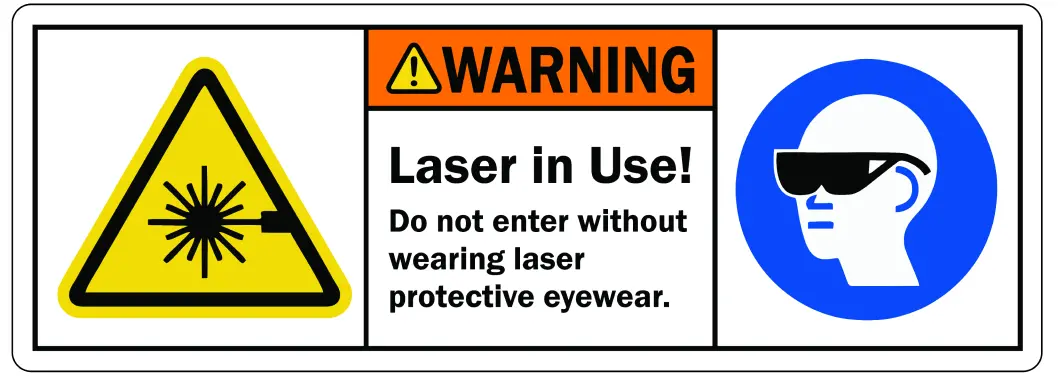
| Manufacturer | Description |
|---|---|
| Thorlabs | (Curtains, barriers, modular enclosures, etc.) |
| Thorlabs | (Anodized aluminium foil) |
| Kentek | (Curtains, barriers, modular enclosures, etc.) |
| Lavision | (Curtains, barriers, modular enclosures, etc.) |
| Laser Safety Industries | (Barriers and windows) |
| Lasermet | (Barriers and windows and enclosures) |
In case of injury, the other users in the laboratory must:
Immediately contact the Principal Investigator/Center Director, and also inform the Laser safety specialist and HSE
If accidental exposure to the eye has occurred, complete the Laser Eye Injury Description Form and take it to KAUST Emergency Room (if possible);
Log the incident in the reporting system
| Internal Documents | Description |
|---|---|
| Laser Safety Manual | Manual describing the requirement for laser safety. |
| Laser Purchase | Procedure describing the process of laser purchase. |
| Laser Laboratory Design Guidelines | Procedure describing the requirement for new or modified laser laboratory. |
| Laser Transfer/Donation or Disposal Procedure | SOP describing the various requirements when transferring or disposing of a laser system. |
| Laser Hazards | Documents summarizing all hazards associated with the use of lasers. |
| General Laser Safety Precaution by Class | Guidelines that describe the definitions of all laser classes and associated recommended precautions to adopt. |
| Laser Alignment Guidelines | Guidelines describing general good practices when carrying out laser alignment procedure. |
| Embedded Laser Maintenance | Describe good working practice when maintaining/servicing equipment containing an embedded laser. |
| Purchasing Safe Lasers | Provide information and advice regarding what to look for when purchasing lasers to ensure compliance with the applicable safety standards. |
| Laser Pointer Safety | Provide an overview of the hazards and safe use of laser pointers. |
| Internal Documents | Description |
|---|---|
| Laser Registration | Form to register Class 3B, Class 4 lasers and equipment containing Class 3B or Class 4 laser systems. Form to be completed and returned to the Laser Safety Officer (LSO) for the laser registration. |
| Standard Operating Procedures template | Template of Standard Operating Procedures for lasers, to be completed and returned to the Laser Safety Officer (LSO). |
| Equipment Specific Safety Training | Form to be completed to record hands-on training on specific laser system. This is a guidance form a different form can be sent if preferred. |
| Laser Eye Injury Description Form | Form to be completed after a laser eye injury occurs and if possible to be brought to KAUST Emergency Room. |
| Internal Documents | Description |
|---|---|
| Laser Controlled Area Warning Sign | Required for laboratories with Class 3B and Class 4 laser systems. |
| Temporary Laser Controlled Area Warning Sign (Service and Maintenance) |
Required for laboratories with Class 3B and Class 4 laser systems and equipment containing Class 3B and Class 4 laser system during service and / or maintenance (i.e. when the beam path is in open or partially open configuration or when interlocks have been defeated). |
| Equipment Malfunction Warning Sign | Required to be placed on a system that is malfunctioning to ensure that nobody else use it until it is looked at. |
| Class 1M to Class 3R Laser Warning Sign | Required to be placed near a set-up using a Class 1M to Class 3R laser that is left unattended. |
